International
Oldest human relative walked upright 7 mn years ago: study
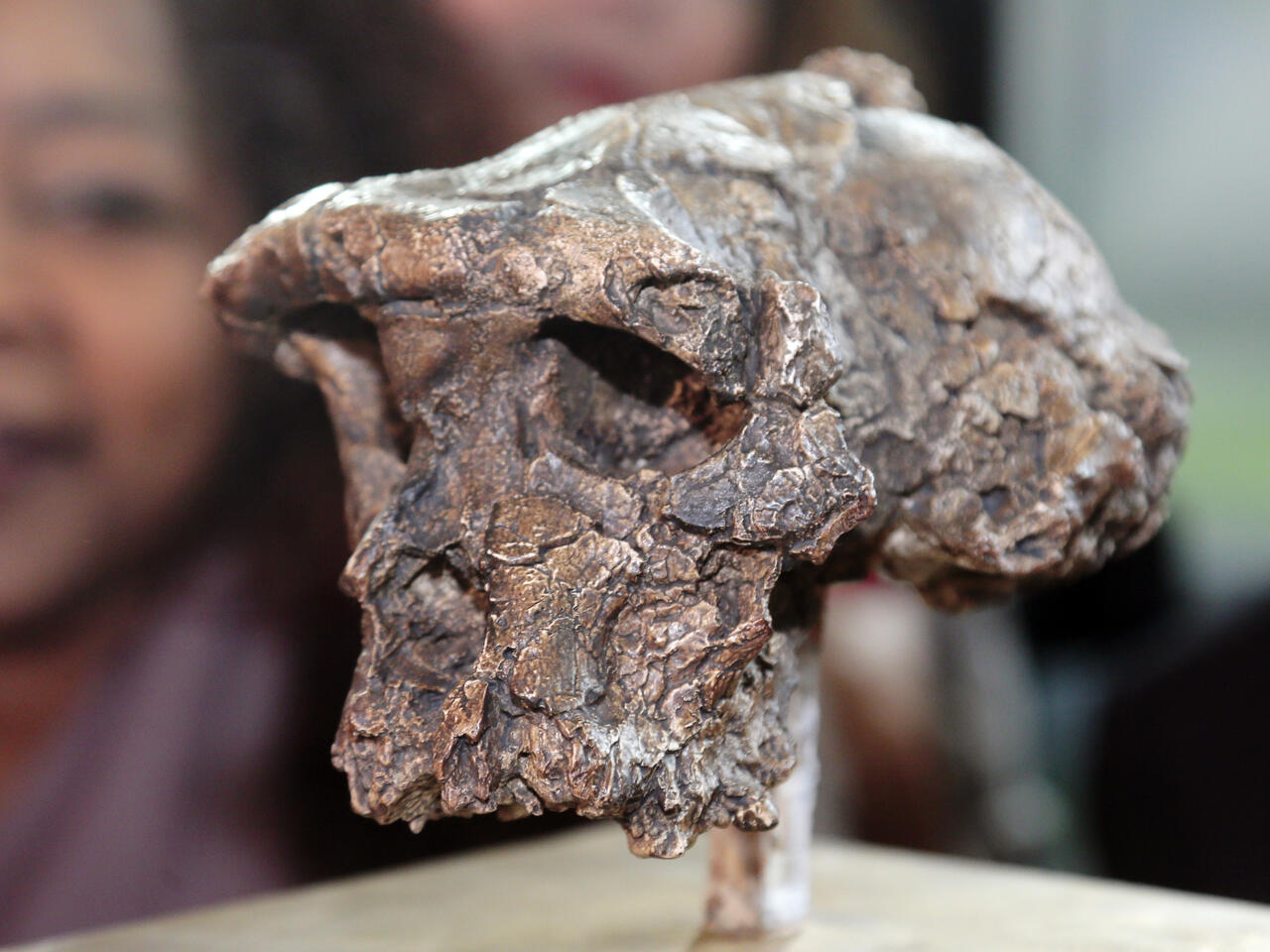
AFP
The earliest known human ancestor walked on two feet as well as climbing through trees around seven million years ago, scientists said Wednesday after studying three limb bones.
When the skull of Sahelanthropus tchadensis was discovered in Chad in 2001, it pushed back the age of the oldest known representative species of humanity by a million years.
Nicknamed “Toumai”, the nearly complete cranium was thought to indicate that the species walked on two feet because of the position of its vertebral column and other factors.
However the subject triggered fierce debate among scientists, partly due to the scarcity and quality of the available bones, with some even claiming that Toumai was not a human relative but just an ancient ape.
In a study published in the Nature journal on Wednesday, a team of researchers exhaustively analysed a thigh bone and two forearm bones found at the same site as the Toumai skull.
“The skull tells us that Sahelanthropus is part of the human lineage,” said paleoanthropologist Franck Guy, one of the authors of the study.
The new research on the limb bones demonstrates that walking on two feet was its “preferred mode of getting around, depending on the situation,” he told a press conference.
But they also sometimes moved through the trees, he added.
– ‘Not a magical trait’ –
The leg and arm bones were found alongside thousands of other fossils in 2001, and the researchers were not able to confirm that they belonged to the same individual as the Toumai skull.
After years of testing and measuring the bones, they identified 23 characteristics which were then compared to fossils from great apes as well as hominins — which are species more closely related to humans than chimpanzees.
They concluded that “these characteristics are much closer to what would be seen in a hominin than any other primate,” the study’s lead author Guillaume Daver told the press conference.
For example, the forearm bones did not show evidence that the Sahelanthropus leaned on the back of its hands, as is done by gorillas and chimpanzees.
The Sahelanthropus lived in an area with a combination of forests, palm groves and tropical savannahs, meaning that being able to both walk and climb through trees would have been an advantage.
There have been previous suggestions that it was the ability to walk on two feet that drove humans to evolve separately from chimpanzees, putting us on the path to where we are today.
However the researchers emphasised that what made Sahelanthropus human was its ability to adapt to its environment.
“Bipedalism (walking on two legs) is not a magical trait that strictly defines humanity,” paleontologist Jean-Renaud Boisserie told the press conference.
“It is a characteristic that we find at the present time in all the representatives of humanity.”
– Our ‘bushy’ family tree –
Paleoanthropologist Antoine Balzeau of France’s National Museum of Natural History said the “extremely substantial” study gives “a more complete image of Toumai and therefore of the first humans”.
It also bolstered the theory that the human family tree is “bushy”, and was not like the “simplistic image of humans who follow one another, with abilities that improve over time,” Balzeau, who was not involved in the research, told AFP.
Daniel Lieberman, a professor of human evolutionary biology at Harvard University, said in a linked paper in Nature that the study’s “authors have squeezed as much information as possible from the fossil data”.
But he added that the research will not offer “full resolution” of the debate.
Milford Wolpoff, a paleoanthropologist at the US University of Michigan cast doubt on whether Toumai is a hominin, telling AFP that “extraordinary claims require extraordinary evidence”.
Wednesday’s study was carried out by researchers from the PALEVOPRIM paleontology institute, a collaboration between France’s CNRS research centre and Poitiers University, as well as scientists in Chad.
Guy said the team hopes to continue its research in Chad next year — “security permitting”.
Chadian paleontologist Clarisse Nekoulnang said the team was “trying to find sites older than that of Toumai”.
International
María Corina Machado says Venezuela’s political transition “must take place”
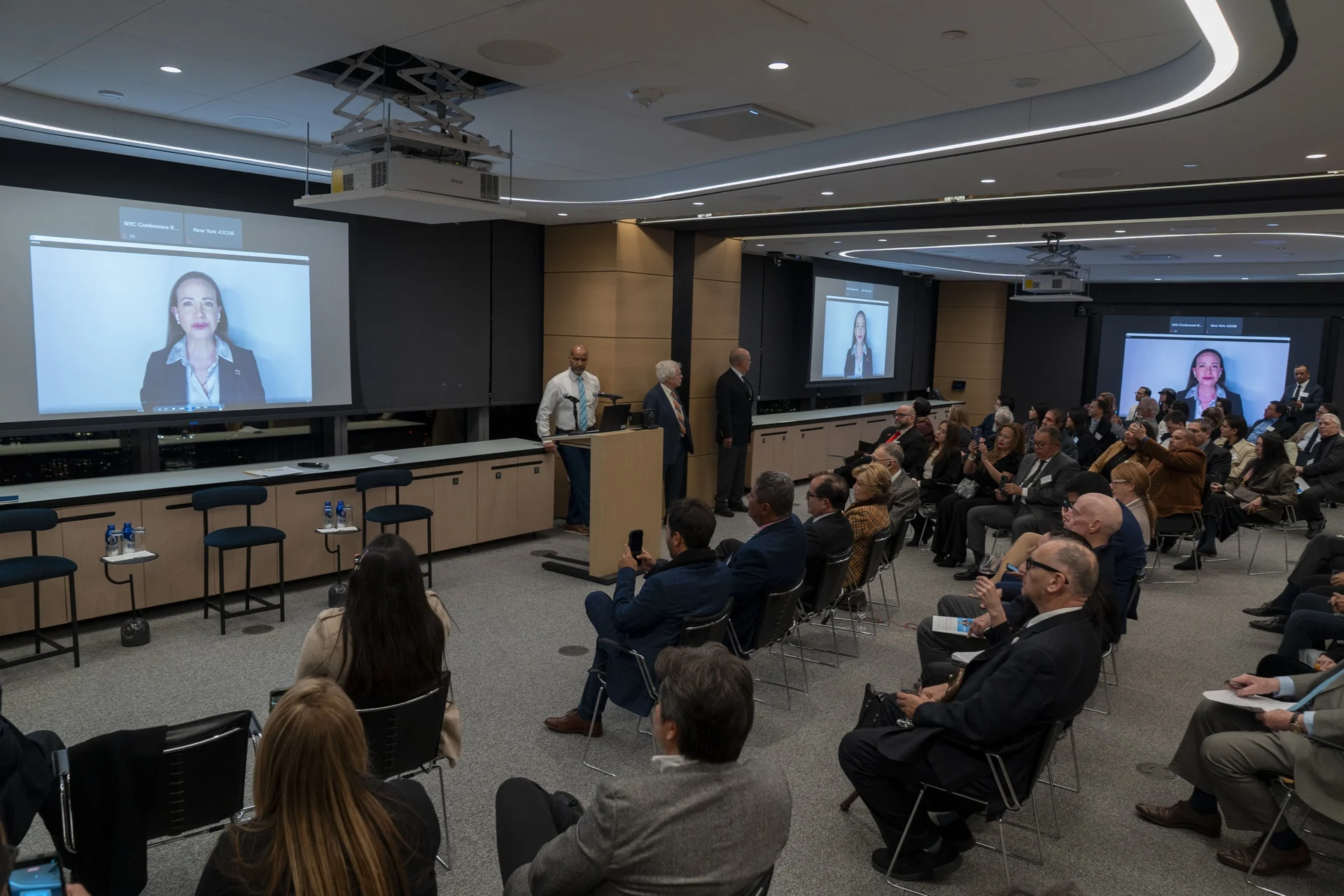
Venezuelan opposition leader María Corina Machado said this Thursday, during a virtual appearance at an event hosted by the Venezuelan-American Association of the U.S. (VAAUS) in New York, that Venezuela’s political transition “must take place” and that the opposition is now “more organized than ever.”
Machado, who is set to receive the Nobel Peace Prize on December 10 in Oslo, Norway — although it is not yet known whether she will attend — stressed that the opposition is currently focused on defining “what comes next” to ensure that the transition is “orderly and effective.”
“We have legitimate leadership and a clear mandate from the people,” she said, adding that the international community supports this position.
Her remarks come amid a hardening of U.S. policy toward the government of Nicolás Maduro, with new economic sanctions and what has been described as the “full closure” of airspace over and around Venezuela — a measure aimed at airlines, pilots, and alleged traffickers — increasing pressure on Caracas and further complicating both air mobility and international commercial operations.
During her speech, Machado highlighted the resilience of the Venezuelan people, who “have suffered, but refuse to surrender,” and said the opposition is facing repression with “dignity and moral strength,” including “exiles and political prisoners who have been separated from their families and have given everything for the democratic cause.”
She also thanked U.S. President Donald Trump for recognizing that Venezuela’s transition is “a priority” and for his role as a “key figure in international pressure against the Maduro regime.”
“Is change coming? Absolutely yes,” Machado said, before concluding that “Venezuela will be free.”
International
Catalonia’s president calls for greater ambition in defending democracy
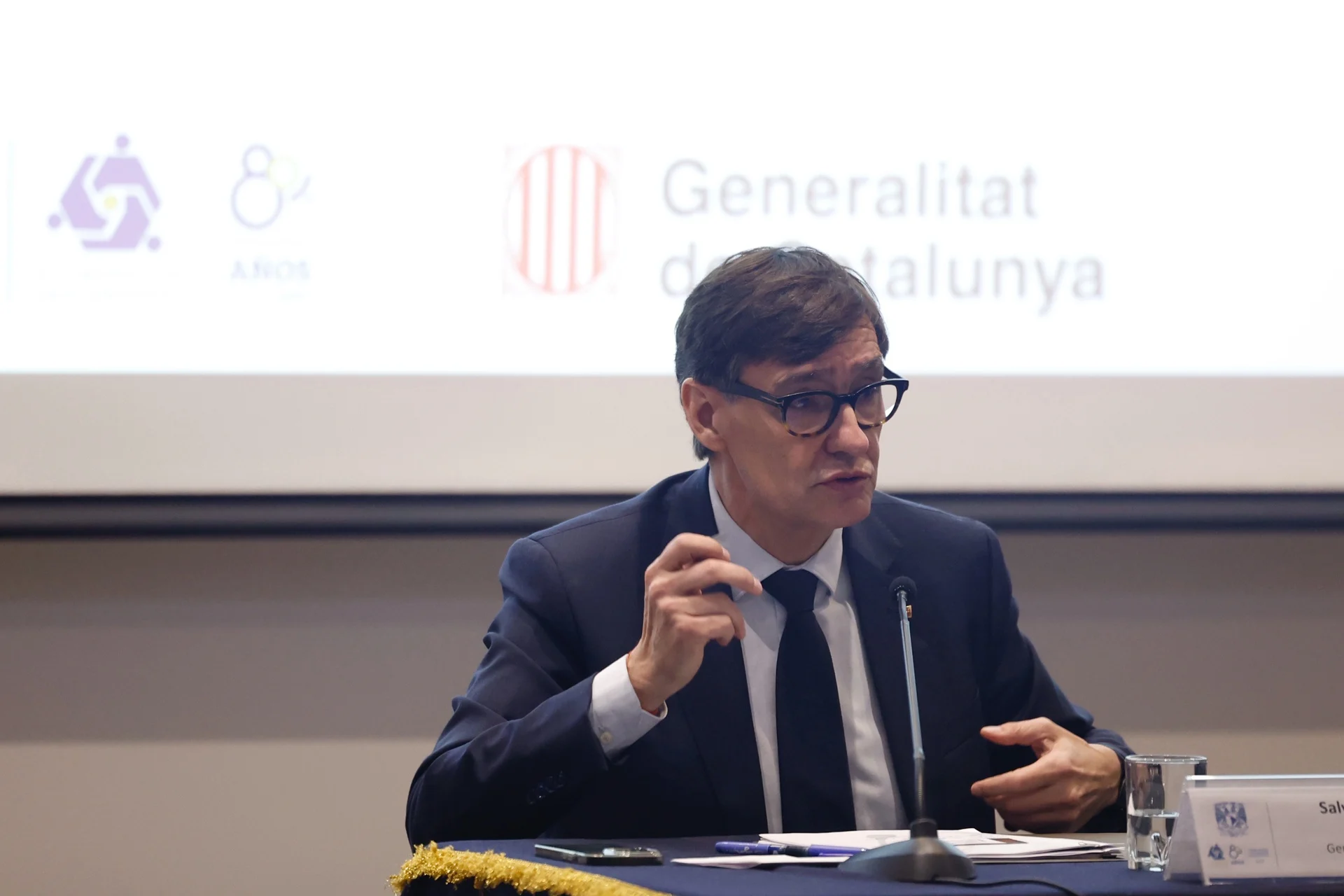
The President of the Generalitat of Catalonia, Salvador Illa, on Thursday called for being “more ambitious” in defending democracy, which he warned is being threatened “from within” by inequality, extremism, and hate speech driven by what he described as a “politics of intimidation,” on the final day of his visit to Mexico.
“The greatest threat to democracies is born within themselves. It is inequality and the winds of extremism. Both need each other and feed off one another,” Illa said during a speech at the National Autonomous University of Mexico (UNAM) in Mexico City.
In his address, Illa stated that in the face of extremism, society can adopt “two attitudes: hope or fear,” and warned that hate-driven rhetoric seeks to weaken citizens’ resolve. “We must be aware that hate speech, the politics of intimidation, and threats in the form of tariffs, the persecution of migrants, drones flying over Europe, or even war like the invasion of Ukraine, or walls at the border, all pursue the same goal: to make citizens give up and renounce who they want to be,” he added.
Despite these challenges, he urged people “not to lose hope,” emphasizing that there is a “better alternative,” which he summarized as “dialogue, institutional cooperation, peace, and human values.”
“I sincerely believe that we must be more ambitious in our defense of democracy, and that we must remember, demonstrate, and put into practice everything we are capable of doing. Never before has humanity accumulated so much knowledge, so much capacity, and so much power to shape the future,” Illa stressed.
For that reason, he called for a daily defense of the democratic system “at all levels and by each person according to their responsibility,” warning that democracy is currently facing an “existential threat.”
International
WMO predicts 55% chance of weakened La Niña impacting global weather this winter
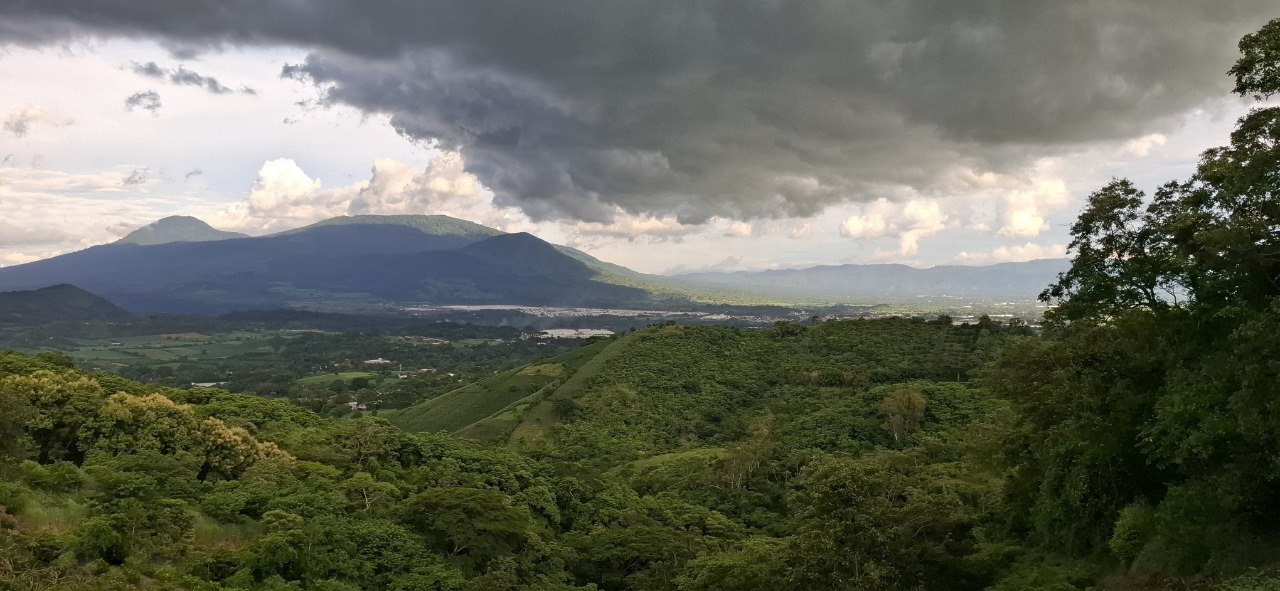
The World Meteorological Organization (WMO) reported on Thursday that there is a 55% chance that the La Niña phenomenon, typically associated with cooler temperatures, will affect global weather between December and February, though in a weakened form.
In its update released Thursday, the WMO clarified that while La Niña is usually linked to a temporary drop in average global temperatures, some regions could still experience warmer-than-normal conditions.
As 2026 progresses, the WMO expects the planet to shift toward neutral conditions, neither influenced by La Niña nor by its opposite, El Niño, which is associated with increased temperatures. The likelihood of neutral conditions is expected to rise to 75% between February and April, according to the agency’s regular bulletin on these phenomena.
La Niña occurs due to cooling of the central and eastern Pacific Ocean waters and is also linked to changes in tropical atmospheric circulation, including wind and rainfall patterns. The opposite phenomenon, El Niño, has not been observed by experts since 2024, which currently remains the warmest year on record.
-
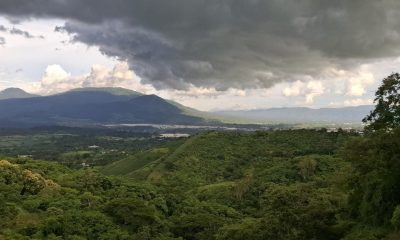
 International2 days ago
International2 days agoWMO predicts 55% chance of weakened La Niña impacting global weather this winter
-

 International4 days ago
International4 days agoVenezuela authorizes return flights as U.S. continues deportations amid rising tensions
-

 Central America2 days ago
Central America2 days agoJuan Orlando Hernández thanks Donald Trump after U.S. pardon
-

 International4 days ago
International4 days ago20,000 rounds stolen from german army after driver leaves cargo unattended
-

 International3 days ago
International3 days agoRussian authorities ban Roblox citing child safety and moral concerns
-

 Internacionales3 days ago
Internacionales3 days agoJuan Orlando Hernández’s family takes time to decide next steps after surprise U.S. release
-

 International4 days ago
International4 days agoEl Chapo’s son Joaquín Guzmán López pleads guilty to U.S. drug trafficking charges
-

 International4 days ago
International4 days agoTrump convenes National Security Council as U.S.–Venezuela tensions intensify
-

 International3 days ago
International3 days agoClimate-driven rains trigger one of Indonesia’s deadliest flood emergencies in years
-

 International2 days ago
International2 days agoSpain’s PSOE summons Mark Zuckerberg over alleged mass surveillance on Android users
-

 International2 days ago
International2 days agoNew York Times sues Pentagon over new press restrictions, citing First Amendment violations
-

 International1 day ago
International1 day agoCatalonia’s president calls for greater ambition in defending democracy
-
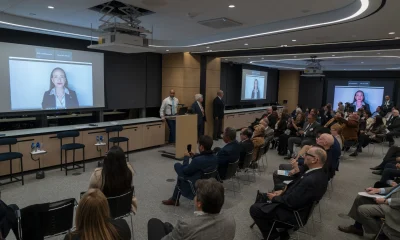
 International1 day ago
International1 day agoMaría Corina Machado says Venezuela’s political transition “must take place”


























